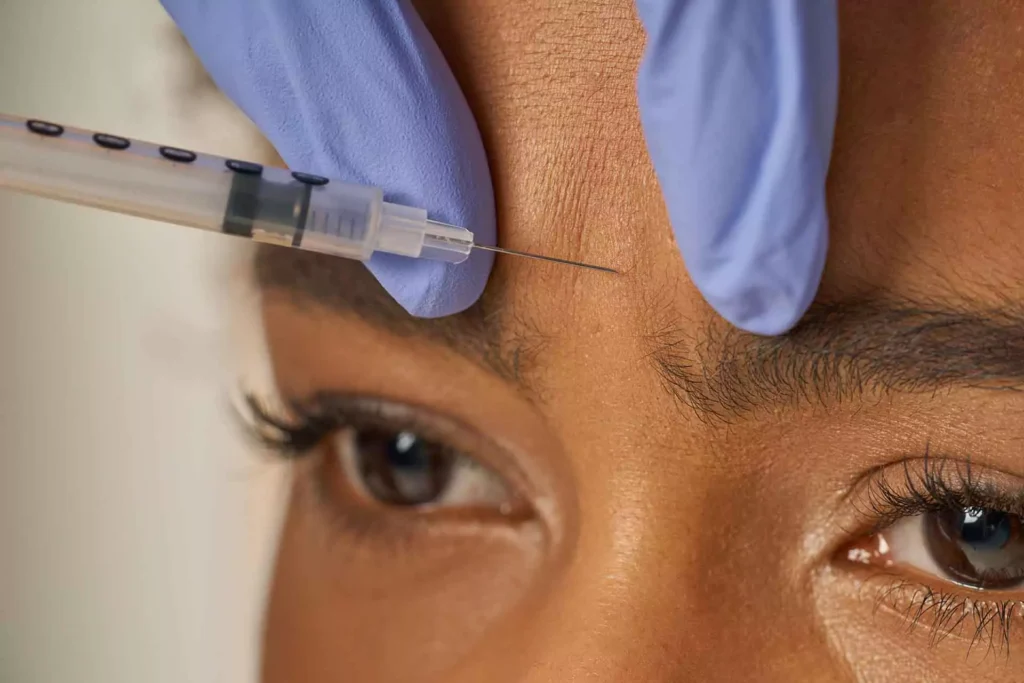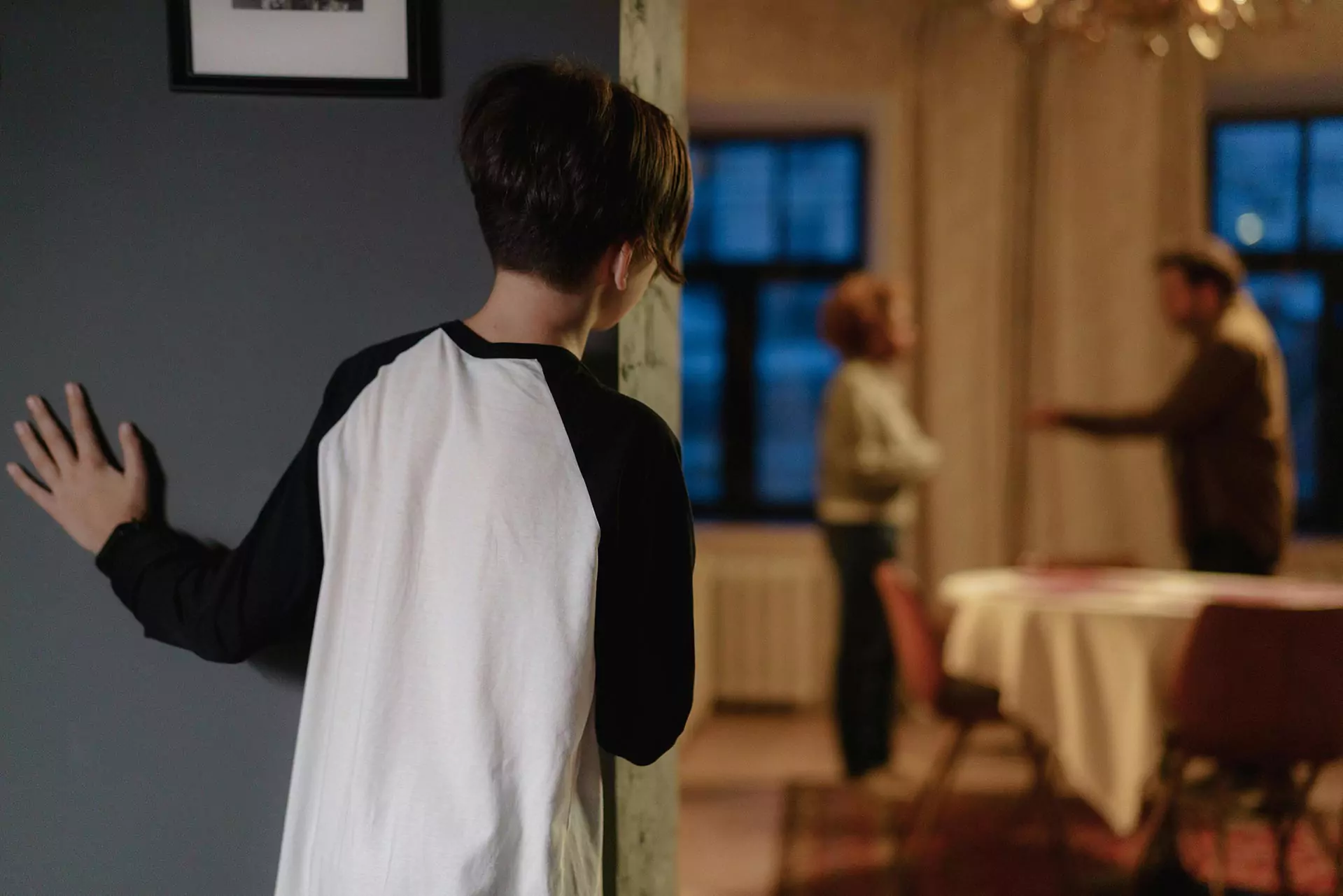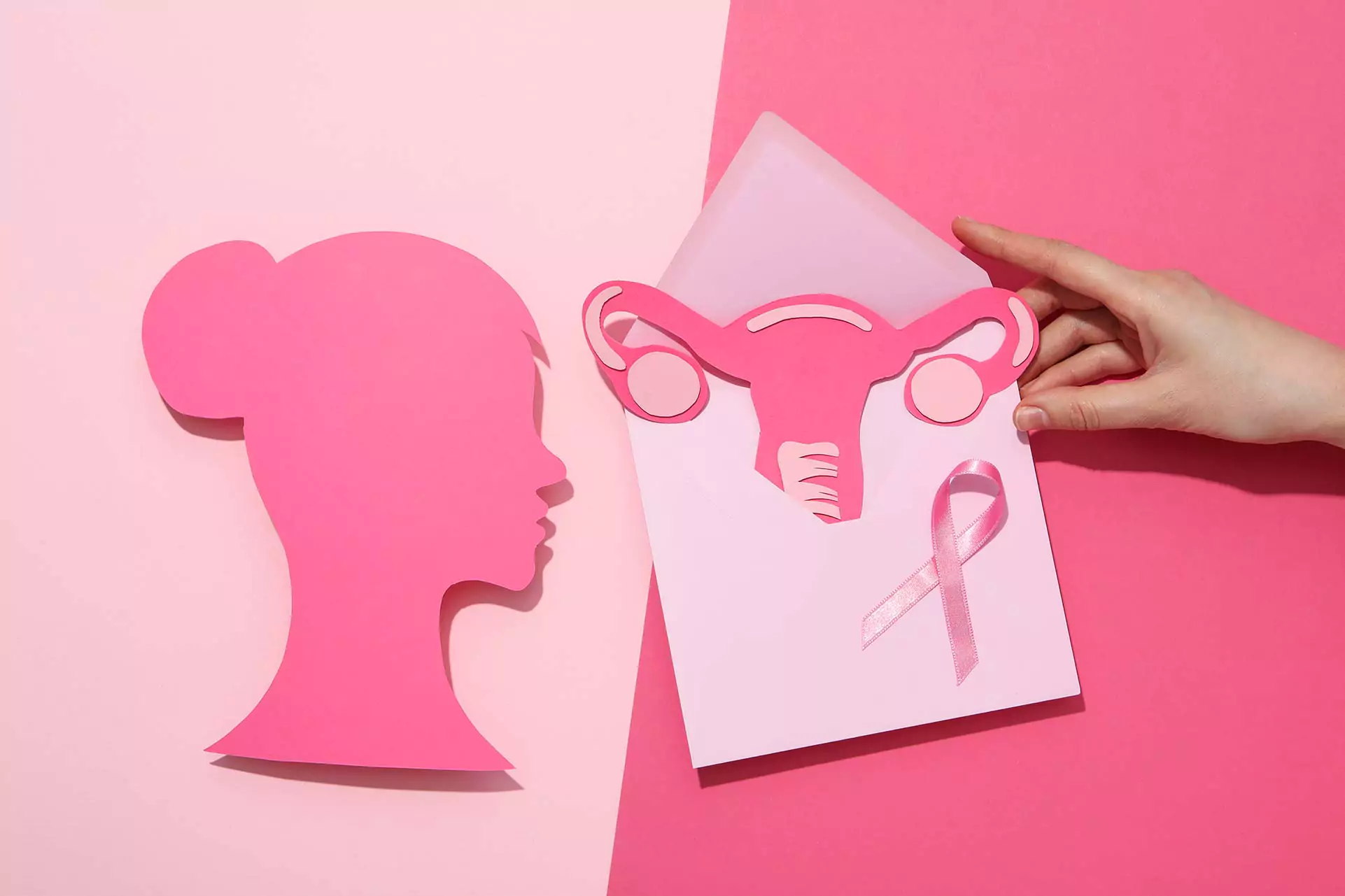History of Botox: The Inspiring Evolution in the Aesthetic World
Botox is the trade name for a toxin produced by the bacterium Clostridium botulinum, commonly known as botulinum toxin type A. This substance works by temporarily reducing or blocking the activity of muscles. Botox can be used as a treatment for various medical conditions and is also popular for cosmetic purposes.
Medical uses include conditions such as chronic migraines, excessive sweating (hyperhidrosis), muscle spasms, and certain eye disorders (e.g., strabismus).
Cosmetic uses typically target the reduction of wrinkles and lines on the face. Botox is often applied to diminish dynamic wrinkles caused by facial muscles, particularly in areas such as the forehead, around the eyes, and between the eyebrows. It reduces muscle movements in these regions, thereby helping the skin appear smoother.
How is the Botox Procedure Applied:
Botox is typically performed as a simple and quick procedure. The basic steps of the procedure are as follows.
Consultation and Evaluation for Botox:
Initially, a healthcare professional assesses the needs and expectations of the patient. The areas where Botox will be applied are determined. This could be for various reasons such as reducing wrinkles, treating muscle spasms, or addressing excessive sweating.
Preparation for Botox:
Prior to the procedure, the skin is cleansed with an antiseptic solution. If local anesthesia is required, it can be administered at this stage. However, in most cases, anesthesia is not necessary as the procedure typically causes minimal discomfort.
Botox Injection:
Using a very fine needle, botulinum toxin is injected directly into the targeted muscles. The injection points and dosage are adjusted according to the individual’s needs and the characteristics of the area being treated.
After Botox Procedure:
Following the injection, patients can typically return to their normal activities immediately. Mild redness, bruising, or swelling may occur after the procedure, but these usually subside quickly.
Monitoring Botox Results:
The effects of Botox typically begin to be noticed within a few days, but it may take 1-2 weeks to see the full effect. The effects usually last 3-6 months, after which the procedure may need to be repeated. Botox injections should be administered by experienced healthcare professionals. Using the correct dosage and application techniques is important for both safety and achieving desired results.
Areas of Application for Botox:
Botox can be used for both medical and cosmetic purposes.
Reducing Wrinkles on the Face:
Diminishing dynamic wrinkles on the face, such as forehead lines, crow’s feet around the eyes, and vertical lines between the eyebrows. It is used to temporarily alleviate wrinkles associated with facial expressions.
Improving Skin Appearance:
Correcting Other Cosmetic Issues Due to Facial Asymmetry or Overuse of Certain Muscles.
Chronic Migraine Treatment:
Used to reduce the frequency and severity of intense headaches.
Hyperhidrosis (Excessive Sweating):
Employed to control excessive sweating in specific areas such as the underarms.
Teeth Clenching and Grinding (Bruxism):
Botox is also utilized as an effective treatment method for teeth clenching and grinding (bruxism) conditions.
Important Considerations for Those Considering Botox:
Selection of a Specialist:
Research the education, experience, and quality of previous work of the doctor or specialist who will perform the Botox application. It is crucial to choose a certified physician specialized in the field.
Clinic and Equipment Quality:
Pay attention to the hygiene standards of the clinic where the procedure will take place and the quality of the equipment used.
Consultation and Evaluation:
Request a detailed consultation and evaluation session before the procedure. Clearly discuss your expectations and potential risks with your doctor.
Product Quality:
Pay attention to the quality and FDA approval of the botulinum toxin product to be used. Fake or low-quality products can cause serious health issues.
Do's and Don'ts:
Seek information from your doctor about what should be done before and after the Botox application. Follow post-procedure care instructions carefully.
Assess Your Health Condition:
Share your medical history and any existing health issues with your doctor. Some health conditions may make Botox application inadvisable.
Getting Botox can be a safe and effective aesthetic solution with the right information and the selection of a proper specialist. Being cautious at every step and having accurate information will enhance the success and satisfaction of the procedure.
Botox Applications at Dr. Bekir Mutlu Güngör's Clinic:
Dr. Bekir Mutlu Güngör offers reliable Botox treatment thanks to his deep medical knowledge and extensive experience in medical aesthetics. His special interest in areas like anti-aging, facial lifting, and stem cells, along with his unwavering commitment to using high-quality products and ensuring patient safety, makes Dr. Güngör one of the most trustworthy experts in the field. His approach, open to continuous education and development, enables him to provide his patients with the most up-to-date and scientifically based treatments. At Dr. Güngör’s clinic, Botox treatment is not just a cosmetic procedure but also viewed as a comprehensive health experience. This comprehensive and meticulous approach offers patients the opportunity to improve not only their appearance but also their quality of life.
Frequently Asked Questions About Botox
Botox application typically causes very mild discomfort. Since fine needles are used, the pain is minimal.
The effects of Botox usually last between 4-6 months.
Botox is generally suitable for individuals aged 18 and above. Evaluation by a doctor is important for older patients.
The recovery time is very short; individuals can usually return to their normal activities immediately after the procedure.
Botox application typically takes between 15-30 minutes.
The effect typically begins within 3-7 days.
After the procedure, it is recommended to avoid excessive exercise, rubbing or massaging the face, and applying pressure to the treated area. It's also advised not to lie flat for the first 24 hours and to avoid excessive heat (saunas, hot showers).









